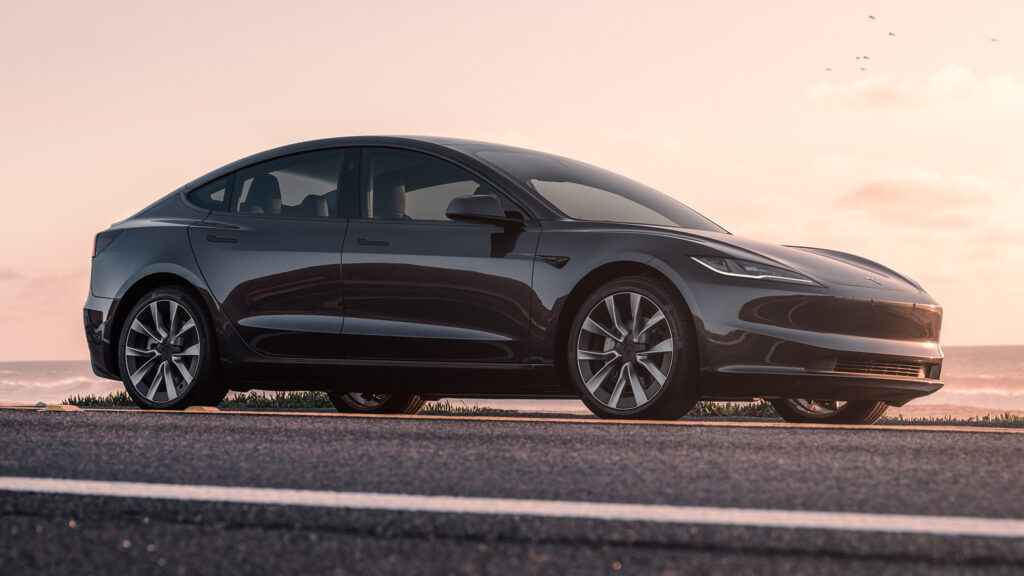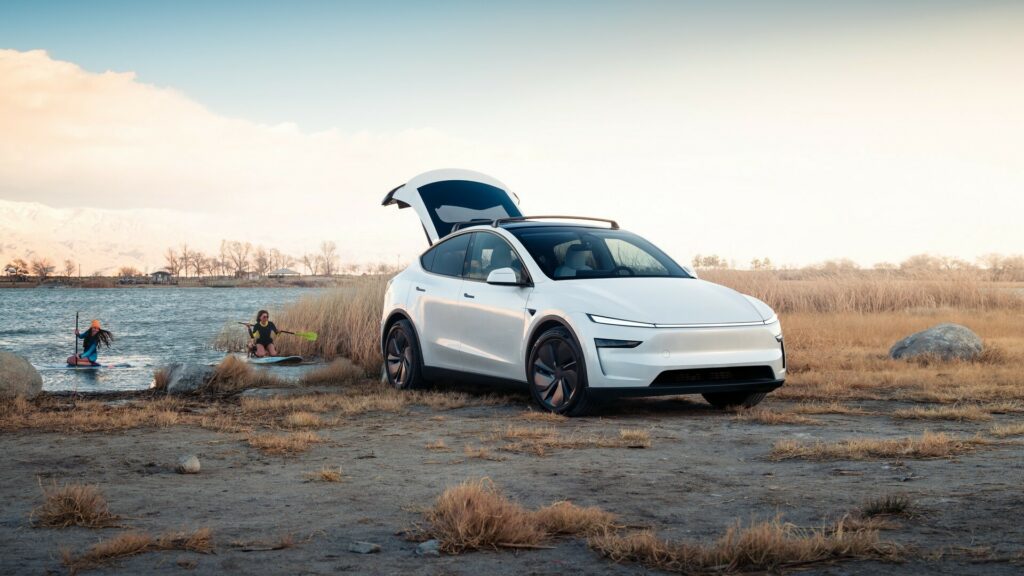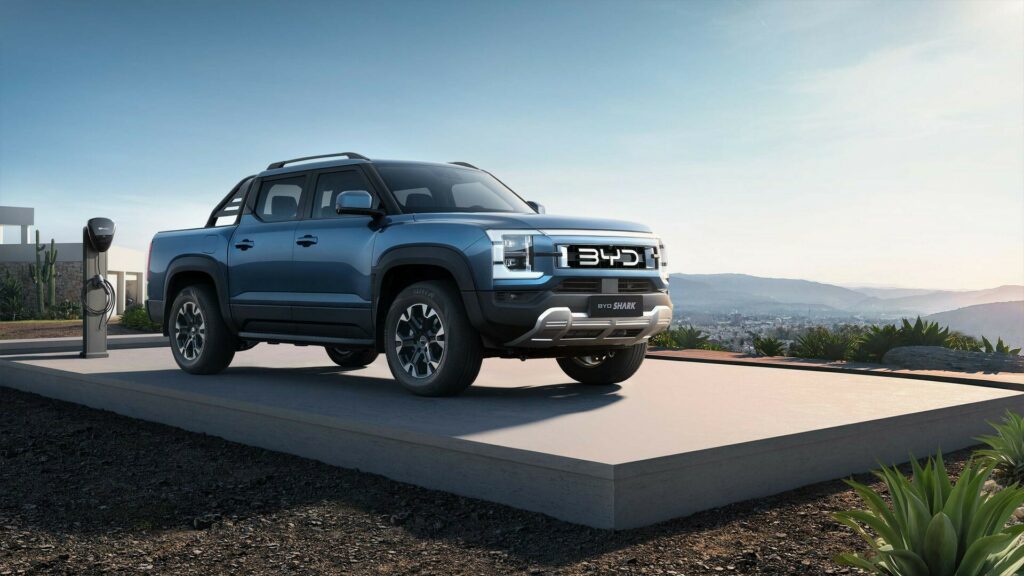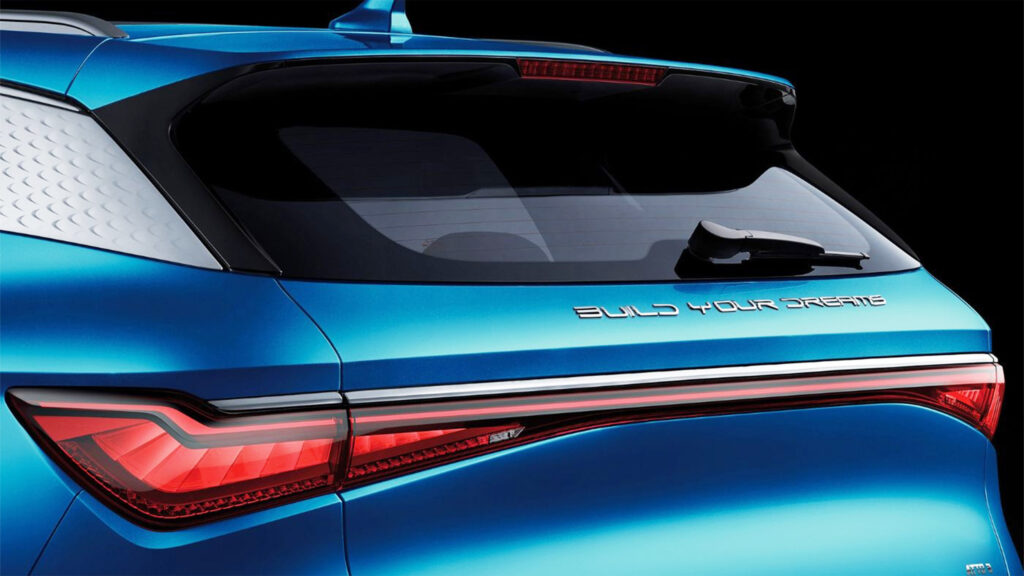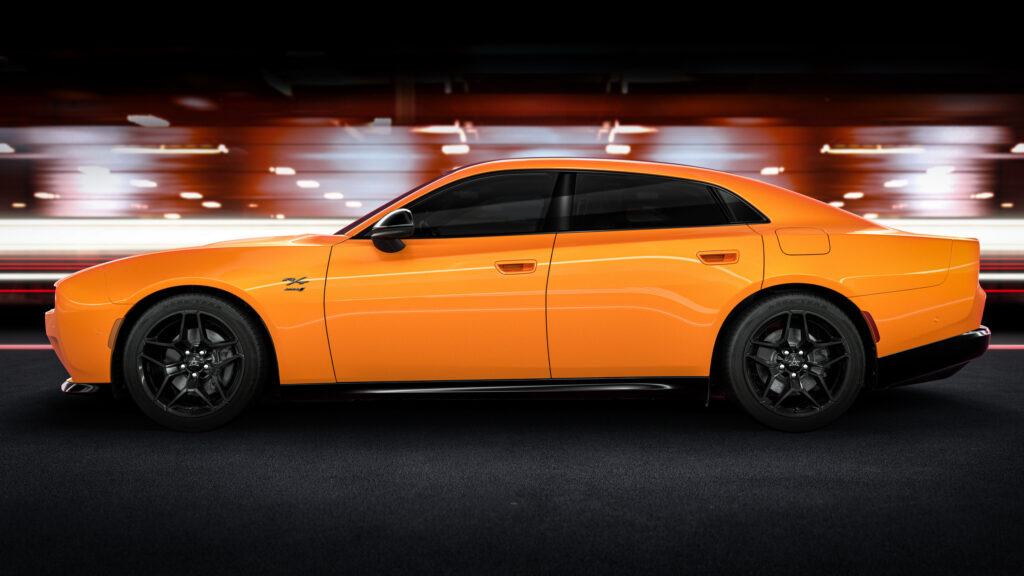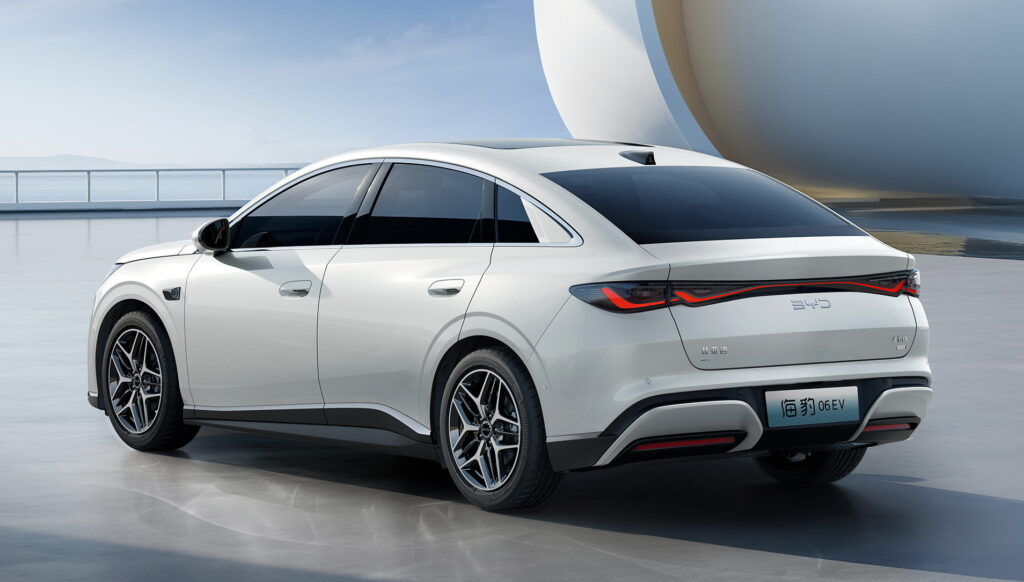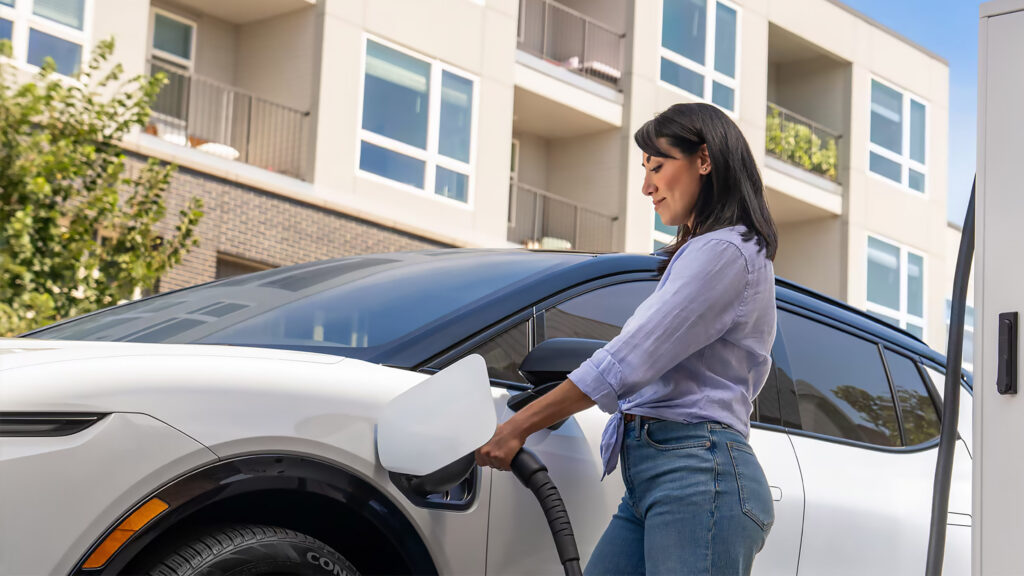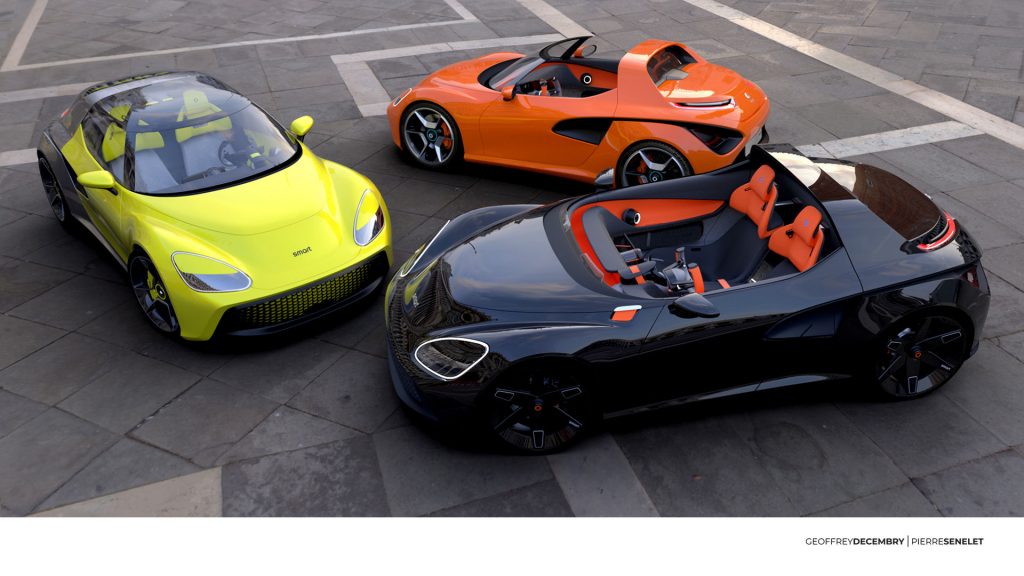The One Badge BMW Didn’t Want Us To See On The Electric M3

- BMW’s electric M3 could weigh over 1,000 lbs more than the gas-powered version.
- Fresh spy shots reveal production-ready wheel arches and black multi-spoke wheels.
- Reports claim BMW’s electric M3 could produce over 700 hp and launch by March 2027.
Electric or not, the M3 still matters, especially when BMW decides to shake things up. Car enthusiasts haven’t exactly been begging for an all-electric version of the M3, but that hasn’t stopped BMW from building one anyway.
The upcoming EV, currently referred to as the iM3, will be sold alongside the combustion-powered version of the sports sedan. Over the past year, it’s been spotted undergoing testing in multiple locations around the globe. Now, two new prototypes have been caught by our spy photographers, giving us a closer look at some previously unseen details.
Sharp Looks, Familiar Details
One of the camouflaged test cars appears to be wearing production-ready fender flares for the first time. These widened arches are a subtle but important detail, giving the car a broader, more aggressive stance that mirrors the current G80 M3’s proportions. Visually, they make a strong first impression.
Read: BMW’s Electric Super Sedan Could Arrive Sooner Than You Think
This same prototype is also equipped with a set of eye-catching black wheels featuring an intricate spoke design, similar to those of the G80 and the G82 M3. As we’ve seen in the past, it also has a Neue Klasse-inspired front fascia with sleek headlights that flow gracefully into the small faux kidney grilles. There are no coffin grilles in sight.
Similarly, the rear end is radically different than the current six-cylinder model, and thankfully, does not appear as short and stumpy as the weird rear of BMW’s recently unveiled Vision Driving Experience Concept.
Heavyweight Status Confirmed

A second prototype was also spotted, this time fitted with a set of 20-inch Michelin Pilot Sport S 5 tires, sized at 295/35. More interestingly, our photographers also managed to capture a shot of the door badge displaying the car’s VIN and preliminary weight figures.
Four numbers were listed: 2,675 kg (5,897 lbs), 4,475 kg (9,865 lbs), 1,250 kg (2,756 lbs), and 1,475 kg (3,252 lbs). The first figure, 2,675 kg (5,897 lbs), appears to represent the gross vehicle weight or the total allowable weight of the car, including its own mass, passengers, cargo, and fluids. The second figure, 4,475 kg (9,865 lbs), likely refers to the gross combined weight when towing a trailer. The final two numbers specify the maximum axle loads: 1,250 kg (2,756 lbs) at the front and 1,475 kg (3,252 lbs) at the rear.
The number that stands out is the preliminary gross weight of 2,675 kg (5,897 lbs), and how that stacks up against the current ICE-powered M3 Sedan. According to BMW’s spec sheet, the base M3 has a curb weight of 1,780 kg (3,924 lbs) and a maximum permissible weight (presumably equivalent to gross weight) of 2,210 kg (4,872 lbs).
More: The 2025 BMW M5 Weighs 1,000 Lbs More Than Its Predecessor, Is Heavier Than Many F-150s!
That would make the electric M3 prototype at least 465 kg (1,025 lbs) heavier than its gas-powered counterpart, but somewhat surprisingly, possibly lighter than the ICE M5, which has a maximum permissible weight of 2,950 kg (6,504 lbs) and a curb weight of 2,510 kg (5,534 lbs).
However, it’s worth pointing out that the ICE model’s gross weight includes a full tank of fuel and various fluids not needed in an EV. For reference, the ICE M3 also has maximum axle load ratings of 1,080 kg (2,381 lbs) at the front and 1,180 kg (2,601 lbs) at the rear.

The interior of this car was also snapped. However, it has been fitted with several temporary parts, including two displays that won’t make it to the production model. Perhaps the only part visible on this prototype that could make it to production is the intriguing steering wheel.
BMW hasn’t officially announced a launch date, but according to a report, production is expected to begin in March 2027 and continue through October 2034. For now, only a sedan is mentioned, though rumors of a Touring version continue to circulate.




